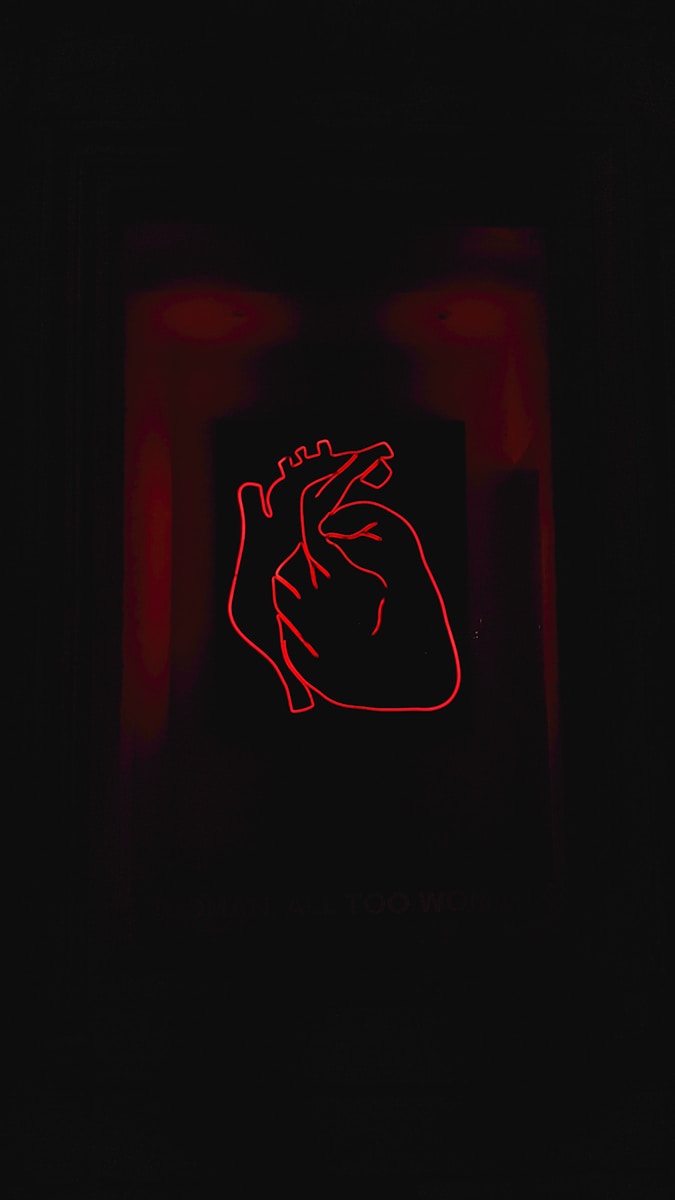The heart, a vital organ nestled within our chest, performs an incredibly important task – it pumps blood throughout our bodies. This process, known as the heartbeat, is so fundamental to life that we often take it for granted. But have you ever wondered how the heart actually beats?
The heart is essentially a muscular pump, made up of four chambers: two atria at the top and two ventricles at the bottom. These chambers work in concert to ensure blood flows smoothly through the heart and out to the rest of the body.
The process starts in the right atrium, which receives blood that has been depleted of oxygen from the body. The blood then moves into the right ventricle, which pumps the blood to the lungs for a fresh supply of oxygen.
The newly oxygenated blood returns to the heart, this time entering the left atrium. From there, it’s dispatched into the left ventricle, which has the most muscle and thus the strongest pumping power. The left ventricle’s task is to push the oxygen-rich blood out to the rest of the body, supplying organs and tissues with the oxygen they need to function.
This entire process is orchestrated by a sophisticated electrical system. The heartbeat is initiated by a group of cells in the right atrium known as the sinoatrial (SA) node or, more commonly, the heart’s natural pacemaker. The SA node fires electrical signals that prompt the atria to contract, pushing blood into the ventricles.
After a brief delay to allow the ventricles to fill, the electrical signals reach another group of cells, the atrioventricular (AV) node. The AV node triggers the ventricles to contract, pushing the blood out to the lungs and the rest of the body. This sequence of electrical signals and contractions is what generates the familiar “lub-dub” sound of the heartbeat.
Each beat is a carefully coordinated event, ensuring that every cell in our body gets the oxygen and nutrients it needs. Next time you feel your pulse, take a moment to appreciate the incredible work your heart does every second of every day.
Related Stories:
https://www.heartandstroke.ca/heart-disease/what-is-heart-disease/how-a-healthy-heart-works
https://www.bhf.org.uk/informationsupport/how-a-healthy-heart-works
https://www.heartfoundation.org.nz/your-heart/how-the-heart-works
https://myhealth.alberta.ca/Health/Pages/conditions.aspx?hwid=te7147abc
Take Action:






